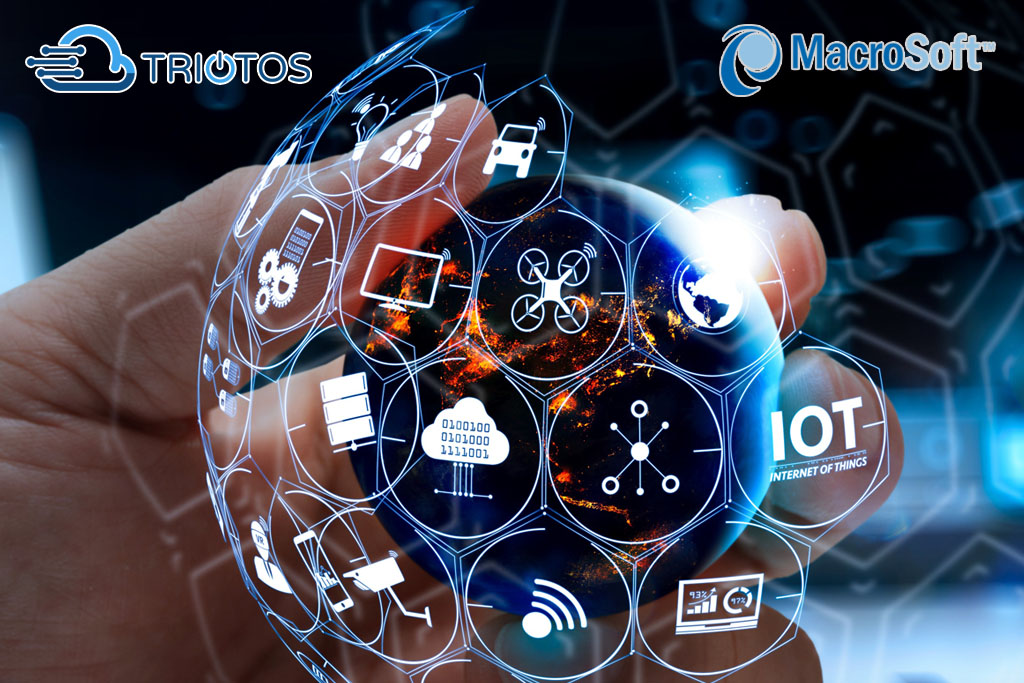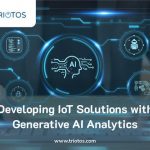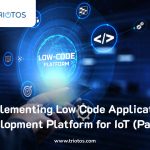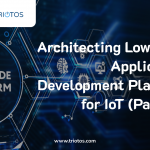
In the abstract, Internet of Things seems like an obvious proposition – just connect your Things to the Internet and you are done. This is easy, or is it? Most likely it is not as easy as it sounds but with a well thought-through, planned and structured approach, each step (hurdle) can be addressed in a way that leads to success. Let us look at what it takes:
IoT Product Thinking
Business is about doing but when it comes to IoT products there is also need for thinking. The most obvious areas are:
- Compared to my current non-IoT product, what will ‘IoT-ing’ it do?
- Think about tangible meaningful attributes.
- Yes, a mobile app may be a given but what will it bring to the customer or user?
- Just because it started during WWII – the concept and methodology of Value Engineering has not lost its value as a commonsense approach and methodology to assessing the ‘value’ of a product. It addresses both value & cost (lifetime) – both important for IoT products.
- Which product attributes will IoT add?
- Any product has a list of product attributes. List them and add the IoT ones.
- Different versions and models of a product should have a differing and hopefully growing set op product attributes. Think product differentiation.
- ‘IoT-ing’ your product should add meaningful product attributes from day one. Over time the IoT product attributes should continue to grow.
- Whether you have IoT in your business or are just introducing it, IoT will fundamentally change your business over time – more than the web did.
- Think about initial, 2-3 year and long-term changes.
- List business areas and functions and how they will be affected – customer experience, customer interactions, support, services, new derivative products, sales, marketing, distribution, manufacturing, R&D. Over the long term, these will all be affected.
Thinking through these areas will go a far way towards deciding the goals and understanding the consequences of ‘IoT-ing’ your products. A good old Excel spread sheet is the best tool to use to document the thinking.
IoT Product Planning
Product planning is a function often assigned to junior marketing hires to try to influence the evolution of existing and introduction of new products. IoT requires experiences product managers and engineers to perform product planning in tandem as it involves a combination of marketing, technology and yes, business decisions that once made, will stay with the product for several years. These decisions are similar to the ‘design in’ decisions made when incorporating chip or microprocessor and technology in product design. In IoT these product planning decisions can be separated into three areas:
- IoT Data Planning means making creating a list of data items that will be delivered from or sent to the IoT product. Helpful is to categorize them into Data/Events, Alarms, Control Commands, Product/System Info and activities like configuration, provisioning, or updates. Next step is to look at expected data frequency even if only described as every x hours, daily, weekly or for updates maybe yearly. Finally, it makes sense to look at relevance, criticality, and ways that data will be used.
- IoT Product Data Processing Planning defines how much the data should be processed in the IoT product, often described as edge processing. This ranges from not at all (data sent from sensor every hour) to heavily, where primary data is processed and turned into secondary meaningful data (machine learning). As ability to process data at the edge is dependent on processing power and memory (and power consumption – think battery powered devices) it often becomes a game of the possible. This ranges from a small microcontroller IoT-SOC (System on a Chip) running RTOS to powerful embedded boards running full scale operating systems (Linux). With the former IoT data processing is implemented in firmware while the latter support high level languages (Python) or even programmable IoT software agents (AWS Greengrass). As Product Data Processing is ultimately dependent on chip selection it involves both hardware and software selection. Culminating Data Planning and Processing Planning is a Data Model which describes how all data will be represented in the product. This will be covered in a separate blog.
- IoT Connectivity involves how the product will be connected to the Internet. There are more than 10 common ways to connect a product to the internet ranging from direct/indirect to wired/wireless and low power/cellular/WiFi wireless. Things quickly turn into an acronym jungle (LAN, WAN, WiFi, Cellular, LTEm, NB-IoT, Bluetooth, BLE, LoRaWAN, SigFox, ZigBee and more). While this may seem overwhelming, IoT product attributes and use cases will narrow the candidates, allowing for connectivity selection that meets initial and future needs. Part of IoT connectivity is also deciding which protocol that will be used to connect. This will also be covered in a separate blog.
While the seeming complexity of these decisions may be overwhelming, the actual planning does not necessarily have to take a lot of effort or time. Look at it as ingredients in a meal that are obvious once the dishes are decided upon. Web Search and discussions with suppliers are the best tool to use.
IoT Product Project Structure & Implementation
What/How/Who/When is a good way to address questions around structure and Implementation.
- Thinking will have addressed What.
- The results of Planning will address the product design and implementation of How the IoT product hardware and software are developed. As IoT Products are part of a more complete solution (IoT Product, Connectivity, Data Handling Platform, Applications, Integrations) these also need to be considered.
- Answering Who means starting to assign people and resources and possibly suppliers to the project. While this may seem daunting, the only difference between an IoT project and any other business initiative is that IoT with its many moving parts may be more complex.
- When is best addressed as the end point – When should the IoT product be available for sale in the marketplace? – and then move backwards. Like any product development there are well known processes to follow involving prototype, pre-production, alpha, beta, and product roll-out.
Depending on these 4 answers – your IoT product can be available in as little as three months to the more normal 6-18 months for new designs incorporating integrated IoT technology. Using project management tools may come in handy.‘IoT-ing’ a product is something requiring a focused effort that is thought-through, planned and structured. The steps above will guide you through a path that will allow you to create competitive IoT products. While we at Triotos are not in the IoT product development business, we will support you through your efforts and allow you to develop complete IoT solutions in months rather than years starting at less than $100k. Should you need complete or partial product development support, we can guide you towards the right suppliers.







